Introduction
In today's competitive world, having global connections in businesses is inevitable.
You might come across documents, studies, or even websites containing important information in foreign languages. In such cases, your immediate reaction will be to search for a translation tool to understand the content.
However, have you ever considered how such translation tools respond so efficiently? Which is the driving force behind such actions? Enter large language models (LLMs), the powerful technology behind many of these tools.
LLM for translation doesn’t just convert words; it interprets meaning, style, and context. But this revolutionary approach comes with its own set of challenges.
This guide explores the surprising benefits, complex hurdles, and use cases of LLMs in translation. Let us get going.
Understanding LLM For Translation
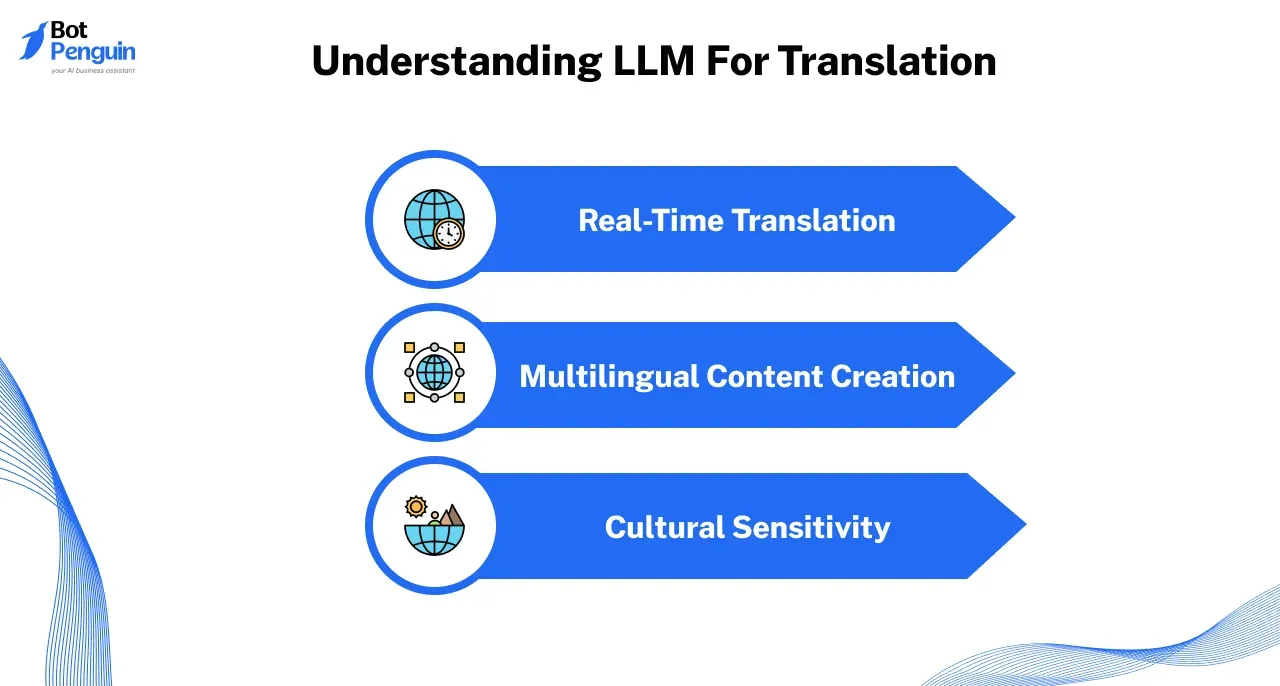
Understanding how LLMs revolutionize translation begins with grasping their ability to process language like humans do, contextually and intuitively.
Unlike traditional tools, they don’t just match words; they analyze intent, tone, and cultural nuances. Let us explore more on LLM for translation, why it is different, and the key features that set it apart.
How do LLMs Process Language?
LLMs function through deep learning, mimicking how humans understand language. They process vast datasets, learning patterns, grammar, and context.
By analyzing billions of examples, they grasp subtle meanings, slang, and idiomatic expressions. This allows LLM for language translation to generate translations that feel natural and accurate, not robotic or overly literal.
Unlike older tools, LLM for machine translation doesn’t rely solely on dictionaries or rules. They predict words based on what is likely to come next, enabling them to adapt to different writing styles and tones. This adaptability makes them versatile and effective in diverse contexts.
How do LLMs Differ from Traditional Tools?
Traditional translation tools prioritize word-for-word accuracy but often lose the meaning behind the text. LLM for machine translation, on the other hand, understands the bigger picture.
It looks at entire sentences or paragraphs, ensuring that the essence of the message is preserved.
This ability to consider context enables LLM models for translation to excel in areas like creative writing, marketing, or technical documentation, where subtlety and precision are critical.
Role of LLMs in Translation
LLM for translation is helping businesses greatly. They provide translations that appear more natural with good accuracy and fluency. Let us explore more about this.
Deeper Context Understanding
LLM for machine translation understand the nuances of languages by analyzing huge amounts of text data. This process helps them grasp important details like cultural references, humor, and the context of the sentence.
Hence, they can generate relevant and accurate translations, making them valuable for businesses seeking to communicate effectively across languages.
Managing Complexities
Unlike traditional models, an LLM for translation can handle ambiguities, idioms, and complex sentence structures.
It can even choose synonyms or phrases depending on the context thereby delivering nuanced translations. This can help businesses to communicate effectively with global customers.
Enhanced Creativity
An LLM for language translation excels in altering sentence structures, restructuring them for better continuity, and generating creative content like poems, stories, or even scripts in the target language.
This ensures businesses that their content is not only accurate but also culturally relevant and engaging.
Improved Efficiency
An LLM model for translation can process huge amounts of text and translate them very quickly. Hence, they might prove helpful for applications like chatbots or live video translations.
This allows businesses to reduce translation costs while improving process efficiency.
With its ability to combine accuracy, creativity, and efficiency, LLM for language translation is transforming the way businesses communicate with global audiences, making them seamless and more efficient than before.
Benefits of Using LLMs for Translation
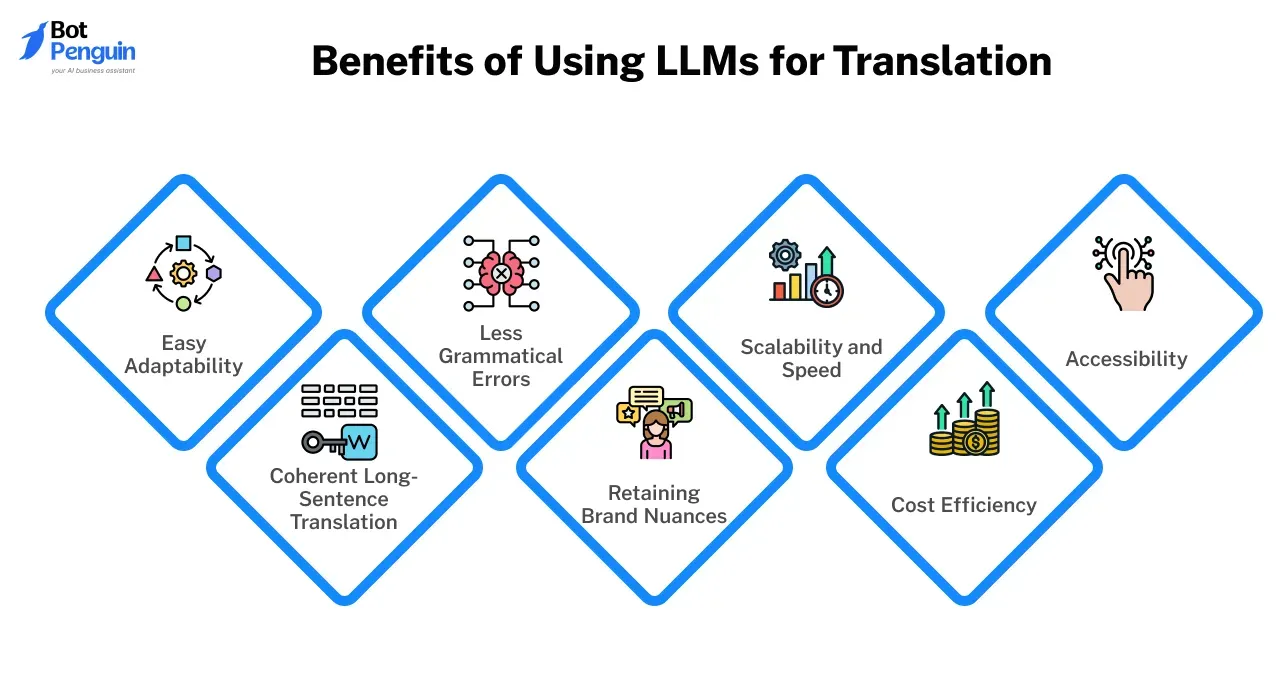
The use of LLMs for translation offers more than just speed; it transforms how businesses and individuals approach multilingual communication.
With advanced capabilities, these models go beyond basic word swaps, delivering translations that are accurate, nuanced, and tailored.
Let us explore the key benefits, from precision to accessibility.
- Easy Adaptability: An LLM for translation can easily adapt to various language styles and topics since they are trained using diverse datasets.
Hence, they can easily translate technical and non-technical content.
- Less Grammatical Errors: Using an LLM for language translation reduces the chances of grammatical issues. The translated output will have good grammatical accuracy.
Hence, the need for post-editing decreases which can save time and free up valuable resources.
- Coherent Long-Sentence Translation: An LLM model for translation can seamlessly translate long sentences and documents while ensuring the coherence and meaning of the sentence remain unchanged throughout the process. This capability might come in handy when translating complex texts.
- Retaining Brand Nuances: An LLM for translation never fails to capture the tone, humor, or idiomatic expressions in a text. This helps to reflect the brand's voice and ensures that all the target markets receive the intended content.
- Scalability and Speed: An LLM for language translation can translate huge volumes of text quickly. Hence, large-scale translation projects can also be completed without any time delays. As for speed, it delivers quick and precise content in real-time translation scenarios.
- Cost Efficiency: While skilled translators are irreplaceable for creative or legal texts, LLM for machine translation handles simpler tasks efficiently.
This reduces costs by automating repetitive or straightforward work.
- Accessibility: High-quality translations are no longer exclusive to big corporations. An LLM for translation enables smaller businesses to create multilingual content without significant costs, leveling the playing field.
With all these benefits, LLM for translation not only enhances multilingual communication, but also makes translation more accessible, scalable, and efficient for businesses of all sizes, enabling them to connect with global audiences seamlessly.
Challenges of Using LLMs for Translation
Despite their revolutionary potential, LLMs for translation are not without challenges. From data quality to ethical concerns, these hurdles can impact performance and reliability.
Understanding these limitations is crucial to making informed decisions about deploying LLMs for language translation effectively. Let us consider a few of them below.
Domain-Specific Limitations
Though an LLM for translation excels in its job, there are still fields where it faces some challenges.
These are the technical or scientific domains where an LLM model for translation might provide less accurate results. To deal with these domains, more contextual and technical jargon knowledge is necessary.
Capacity Limitations
An LLM model for translation has capacity limitations like token limits due to which it cannot translate larger, and complex texts in a single attempt.
So, documents have to be split into smaller segments which can affect the coherence and context of the content.
Translation Inconsistencies
An LLM for translation operates based on probabilities. Hence, the same phrase can have different translations depending on the context, resulting in varied outputs.
This inconsistency cannot be encouraged for cases requiring uniform translations.
Quality Concerns for Less Common Languages
An LLM model for translation can produce less accurate outputs for less common languages.
Also, languages with limited resources will face issues in translation quality, as the training data would not be sufficient enough to train the LLMs.
Bias in Training Data
When an LLM model for translation is trained with biased data, the same will be reflected in the translated output leading to unwanted results.
This can turn out to be a big problem for services or industries.
High Computational Requirements
The computational demands of LLM for machine translation are significant, requiring advanced hardware like GPUs or cloud computing services.
These costs can add up quickly, making it challenging for smaller businesses or non-profits to adopt the technology at scale.
When businesses address these limitations of LLM for machine translation, they can unlock its full potential, and achieve efficient and high-quality translations.
Use Cases of LLM for Translation
The versatility of LLMs for translation makes them a valuable tool across industries. From facilitating global business operations to enhancing accessibility in public services, their applications continue to grow.
Below, we explore specific use cases where LLMs for language translation are making a significant impact.
Multinational Businesses
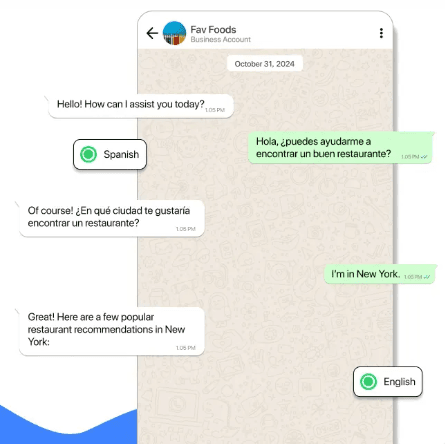
Businesses like Airbnb use LLM for translation to tailor their website and app content to local audiences.
For example, listings and reviews are translated into users’ native languages while retaining the original tone and intent. This enhances user experience and builds trust with global customers.
Amazon employs LLM for machine translation in their customer support chatbots. These tools provide instant translations for customer queries in multiple languages, enabling their support teams to resolve issues efficiently for a global customer base.
Education
Platforms like Coursera rely on LLM for translation to make their courses available to learners worldwide.
For instance, a computer science course originally in English can be seamlessly translated into Spanish, Mandarin, and other languages, broadening its accessibility.
Apps like Duolingo integrate LLM for language translation to provide interactive lessons. These models help users learn new languages by offering instant translations, contextual examples, and grammar explanations tailored to their learning pace.
Government and Public Services
The United Nations uses AI-powered tools, including LLM for language translation to communicate with a global audience.
Their documents, speeches, and resolutions are translated into multiple languages ensuring that people from diverse linguistic backgrounds are well-informed about international issues.
The European Union uses LLM for machine translation to publish policy documents in all official EU languages. This enables citizens across member states to access the same information simultaneously, fostering transparency and inclusivity.
Media
Netflix uses LLM for language translation to provide subtitles and dub their shows and movies. For instance, a Korean drama can be accurately subtitled or dubbed into English, Spanish, and other languages, making it accessible to a global audience.
Platforms like Medium use LLM for translation to enable creators to share their articles with international readers. For example, a popular tech blog originally in English can reach a broader audience through translations into French and German.
Communication Apps
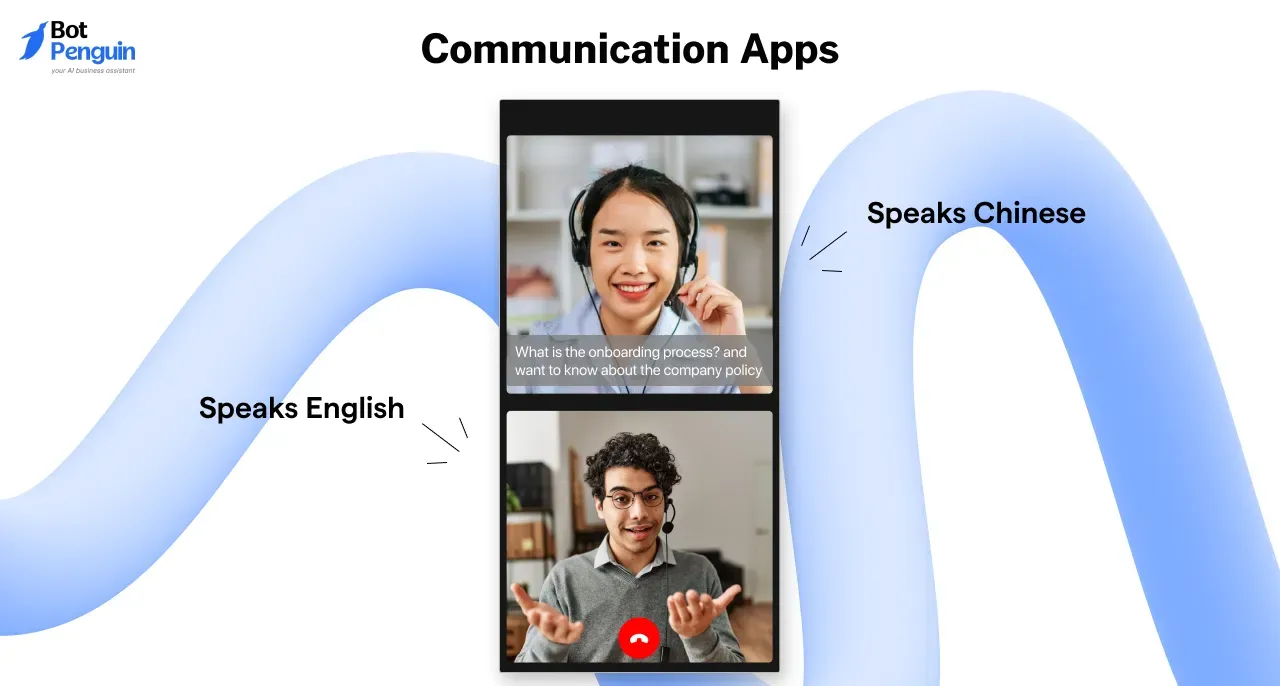
Microsoft Teams use advanced machine learning models, including LLM for language translation to enable real-time translation in chats and during video calls.
This allows users speaking different languages to communicate seamlessly, breaking down barriers in both personal and professional contexts.
Zoom facilitates live transcription and captioning during webinars and meetings by integrating with third-party tools that often use LLM for language translation.
These features ensure that attendees speaking different languages can follow discussions seamlessly, breaking down communication barriers and enhancing collaboration.
Non-Profit Organizations
During the 2015 Nepal earthquake, organizations like UNICEF used translation tools, including LLM for machine translation, to deliver critical information to affected communities in Nepali and other regional languages. This helped coordinate relief efforts more effectively.
Non-governmental organizations like Doctors Without Borders use LLM for language translation to translate medical instructions and patient guides. For instance, translating treatment protocols from English into Arabic ensures better care in crisis zones.
Hence, by using the capabilities of LLM for machine translation, businesses can break language barriers, enhance accessibility, and enable seamless communication.
Choosing the Right LLM for Translation
Selecting the right LLM for translation can significantly impact the efficiency and accuracy of your multilingual operations.
With many models available, understanding the key factors to consider ensures the chosen tool aligns with your specific needs.
- Language Support: Ensure the LLM for translation is compatible with the languages you require. For example, if you have a business requirement of translating product manuals into Thai or Finnish, check if the model can handle translations in these languages.
- Customization Options: Look for an LLM model for translation that allows customization. For industries like healthcare or law, tailoring the model with specialized terminology ensures better accuracy and relevance in translations.
- Seamless Integration: The integration process should be straightforward, especially if you are incorporating an LLM for machine translation into existing workflows. Compatibility with your current software and platforms minimizes downtime and complexity.
- Cost and Scalability: Cost-effectiveness matters, particularly for businesses scaling their operations. Evaluate pricing models, including pay-per-use versus subscription plans, and check if the LLM for translation can handle increased volumes as your needs grow.
Businesses should evaluate these factors carefully, ensuring they choose an LLM for language translation that meets both their current requirements and evolving needs.
Popular LLMs for Translation
Let us consider a few popular LLMs for translation, and you can choose the one that meets your requirements.
OpenAI
OpenAI’s models, like GPT, are versatile and support a wide range of languages. They excel in generating context-aware and natural translations, making them ideal for creative and technical content.
Google Translate
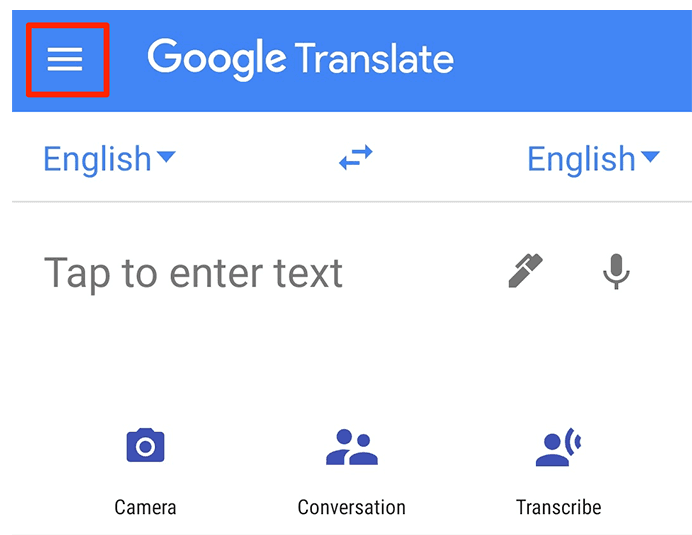
Google Translate’s underlying LLM for machine translation is renowned for its extensive language coverage. It is particularly effective for basic translations and real-time applications.
Microsoft Translator
Microsoft Translator, powered by advanced LLM models for translation, integrates seamlessly with tools like Microsoft Office. Its business-friendly features and focus on security make it suitable for corporate use.
From all the options above, businesses can choose the best LLM for machine translation to enhance multilingual communication, streamline workflows, and deliver accurate, context-aware translations.
What is the Future of LLM for Translation?
The future of LLM for translation will definitely be promising. The more the model advances, the more will be its accuracy in translations.
Here is a look at emerging trends and technologies shaping the next wave of LLMs for language translation.
Trends in AI and Machine Learning
AI and machine learning continue to evolve, driving improvements in LLM models for translation.
Trends like reinforcement learning and fine-tuning with domain-specific data are enabling models to deliver translations with greater precision and contextual awareness.
For instance, future LLM for machine translation could better understand cultural nuances, reducing errors in complex texts such as literature or legal documents.
Emerging Technologies
The integration of text, audio, and visuals into translation tasks is another breakthrough.
An LLM model for translation might soon handle complex tasks like interpreting spoken instructions alongside visual cues, making it invaluable in fields like virtual reality or augmented reality.
With such continuous advancement of LLM for language translation, businesses can expect more seamless, accurate, and context-aware translations, enabling them to connect with global audiences effectively.
Conclusion
The introduction of LLM for translation has redefined how we communicate across languages, bridging cultural divides and fostering global connections.
From businesses and education to government and media, these tools are transforming industries with their accuracy, adaptability, and efficiency.
For businesses looking to harness AI's potential, platforms like BotPenguin offer an accessible solution. As a no-code AI chatbot maker, BotPenguin enables businesses to create chatbots that integrate translation capabilities, streamline customer interactions, and enhance global reach.
It’s a simple way to make multilingual communication seamless, empowering businesses to connect with audiences worldwide effortlessly.
Frequently Answered Questions (FAQs)
Which industries benefit the most from LLM for translation?
Industries like education, media, e-commerce, and public services benefit greatly from LLM for translation.
They enhance global communication by translating e-learning materials, subtitles, marketing content, and official documents, making information accessible across diverse linguistic and cultural landscapes.
How accurate are LLMs compared to human translators?
LLMs provide high accuracy for general and context-rich texts but may struggle with rare dialects or creative nuances.
While reliable for many tasks, human translators remain crucial for content requiring emotional depth or cultural sensitivity.
What are the challenges of using an LLM for translation?
Challenges include data quality issues, handling rare dialects, biases in training data, privacy concerns, and high computational requirements.
Over-reliance on LLMs may also diminish the role of skilled human translators in nuanced translations.
How do LLMs handle multilingual translation tasks?
LLMs support multiple languages by using vast datasets and contextual understanding.
They adapt to grammar, tone, and cultural variations, making them effective for tasks like customer support, real-time communication, and content localization.
Can LLMs be integrated with existing business workflows?
Yes, LLMs can be integrated with tools like CRM systems, chatbots, and content platforms.
Solutions like BotPenguin simplify this integration, enabling businesses to use translation capabilities to enhance global communication and streamline customer interactions.


